
AeroGenie — ваш интеллектуальный второй пилот.
В тренде
Categories
US Air Force Plans to Double Fleet by 2026
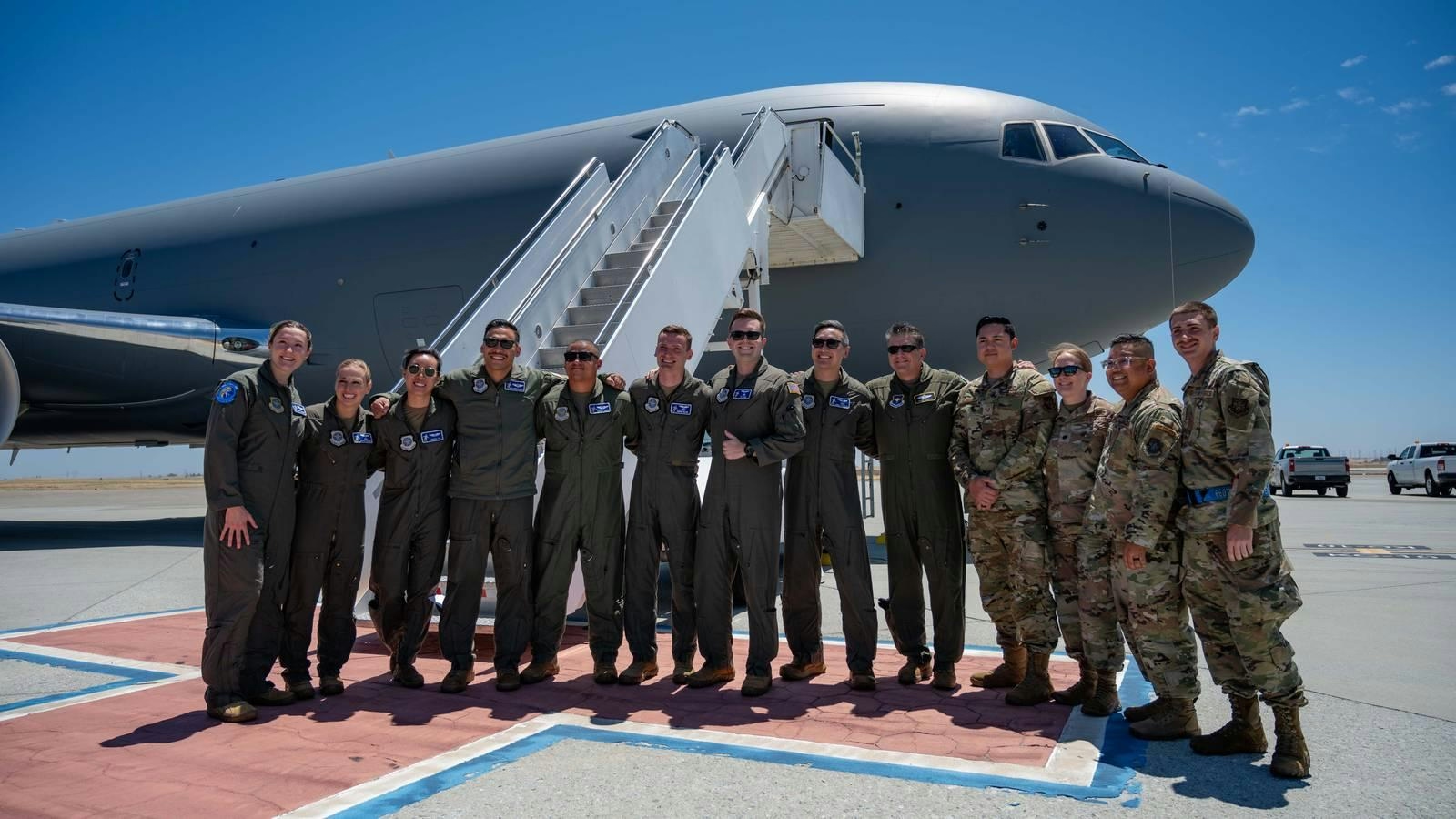
US Air Force Plans to Double Fleet by 2026 Amid Acquisition Challenges
The United States Air Force is advancing an ambitious plan to double its fleet size by 2026, focusing primarily on the acquisition of additional KC-46A aerial refueling tankers. This expansion, however, faces significant operational and legislative obstacles. Persistent engineering flaws in the KC-46A have prompted congressional restrictions on further purchases until these technical issues are fully resolved, complicating the Air Force’s timeline for fleet growth.
Legislative and Industry Implications
Congressional lawmakers have imposed limits on procurement to ensure that the KC-46A meets required performance standards before additional aircraft are acquired. This legislative scrutiny reflects broader concerns about the program’s viability and the potential impact on other defense priorities. In parallel, there are ongoing efforts to protect other critical aircraft programs, such as the E-7A, from cancellation. Lawmakers are wary that the focus on tanker expansion could divert funding and attention away from these essential platforms.
The Air Force’s expansion plans are also drawing close attention from defense contractors and suppliers. The anticipated increase in demand for aircraft and related components is expected to influence supply chain strategies and production priorities across the defense sector. Contractors may need to adjust their operations to accommodate shifting procurement schedules, which could have ripple effects throughout the industry.
Inter-Service Competition and Modernization
The Air Force’s fleet growth initiative is occurring amid a broader context of modernization and competition within the US military. Other branches are enhancing their own capabilities in response. For instance, the Space Force is reportedly investing in spectrum warfare technologies to strengthen its operational edge, underscoring a trend toward advanced technological development and inter-service rivalry.
Despite the technical setbacks and legislative challenges, Air Force officials remain steadfast in their commitment to expanding and modernizing their aerial refueling and support capabilities. They emphasize that these efforts are crucial for maintaining global readiness and operational flexibility. Successfully navigating the current obstacles will be essential not only for the Air Force’s future posture but also for the wider defense industry.

Germany Signs $1.2 Billion Deal with Leading Helicopter Manufacturer
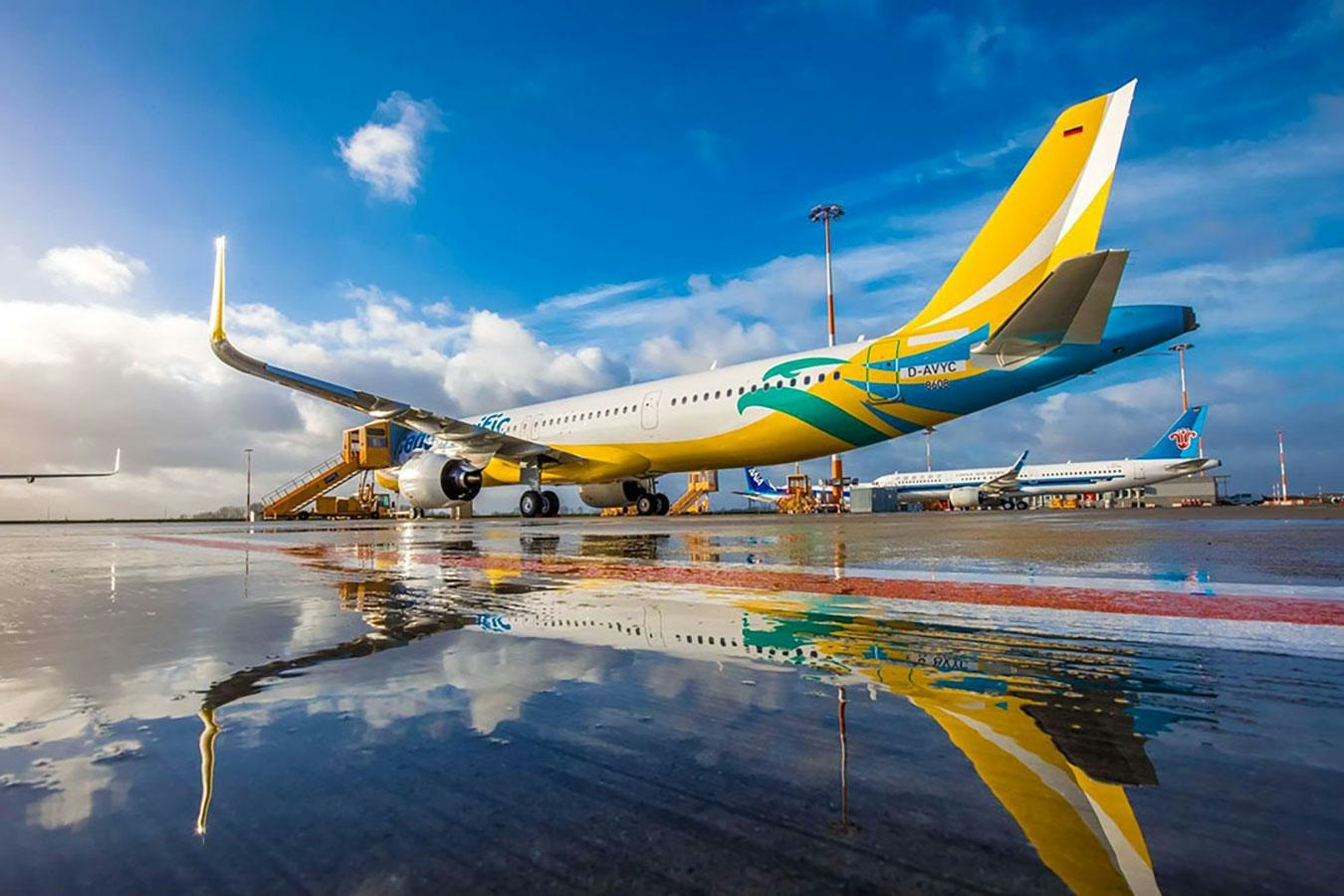
Cebu Pacific Introduces Damp-Leased Aircraft to Improve Travel Experience

JSSI Names Molly Hennessy Chief Product and Technology Officer

Japanese Air Taxi Firm SoratobuTaxi Invests in Plana US
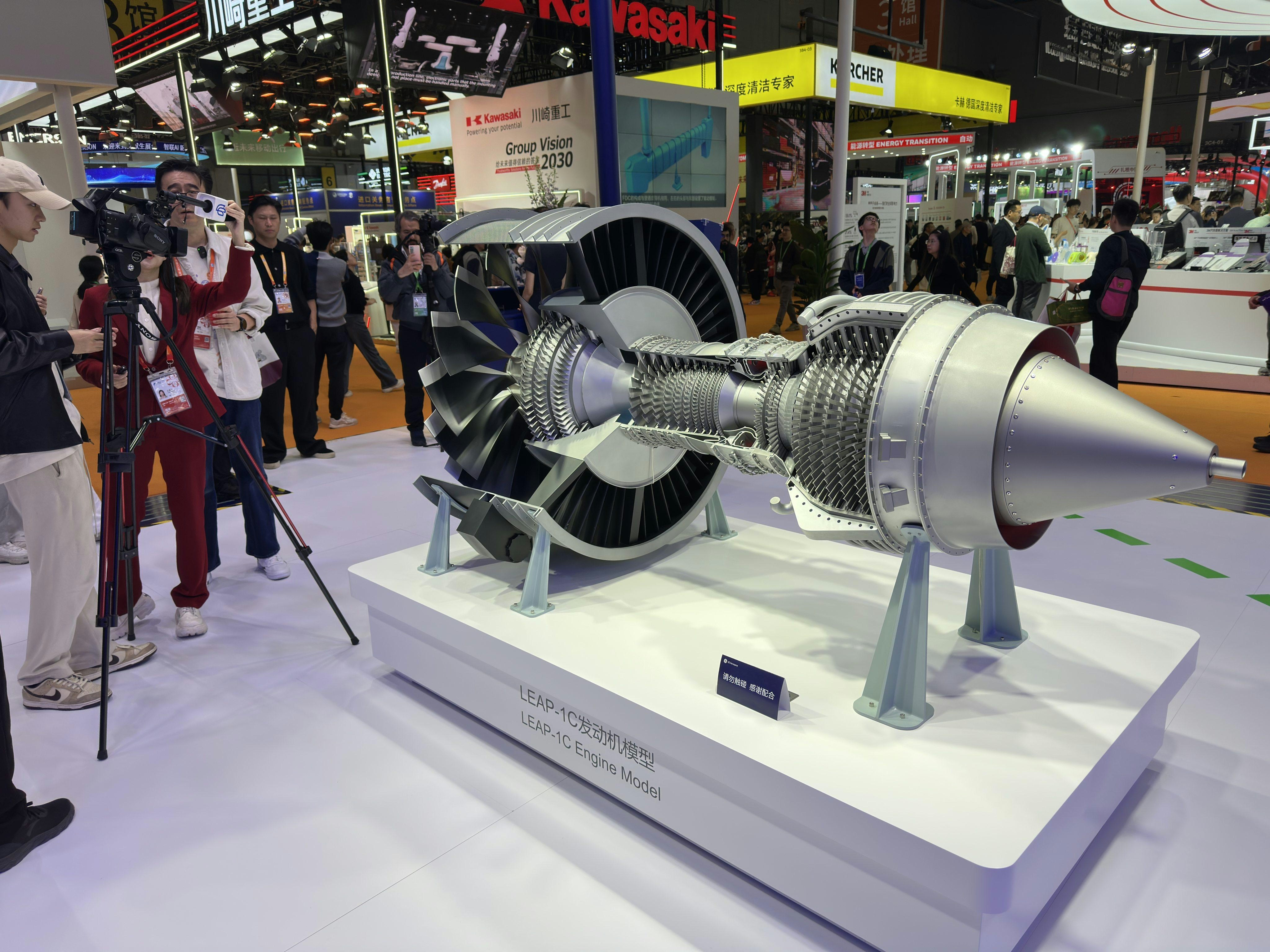
Engine Shortages Delay China’s C919 Deliveries Amid Global Aerospace Bottlenecks

The Emerging Role of Drones and AI in Combat Aviation
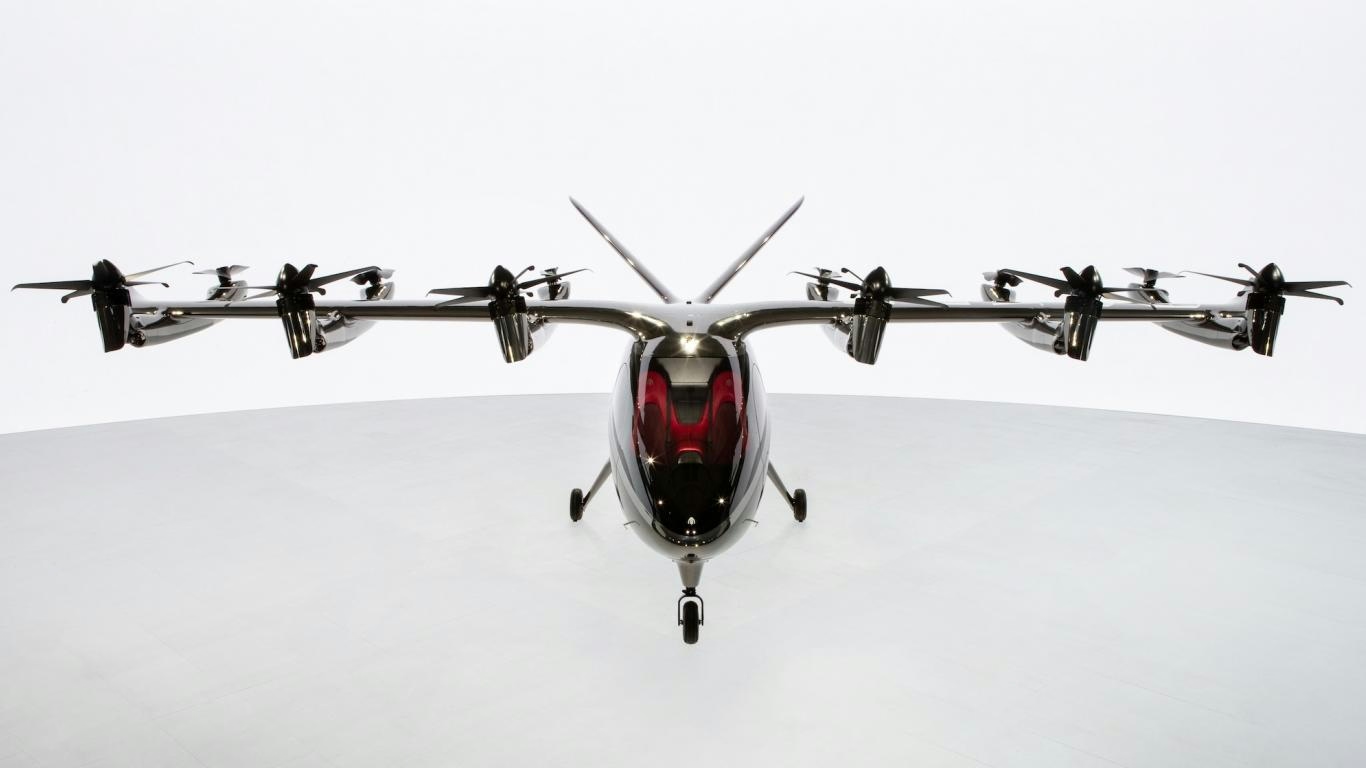
AI’s Turbulent Ascent: Why Aviation’s Tech Boom Could Ground Pilots in 2025
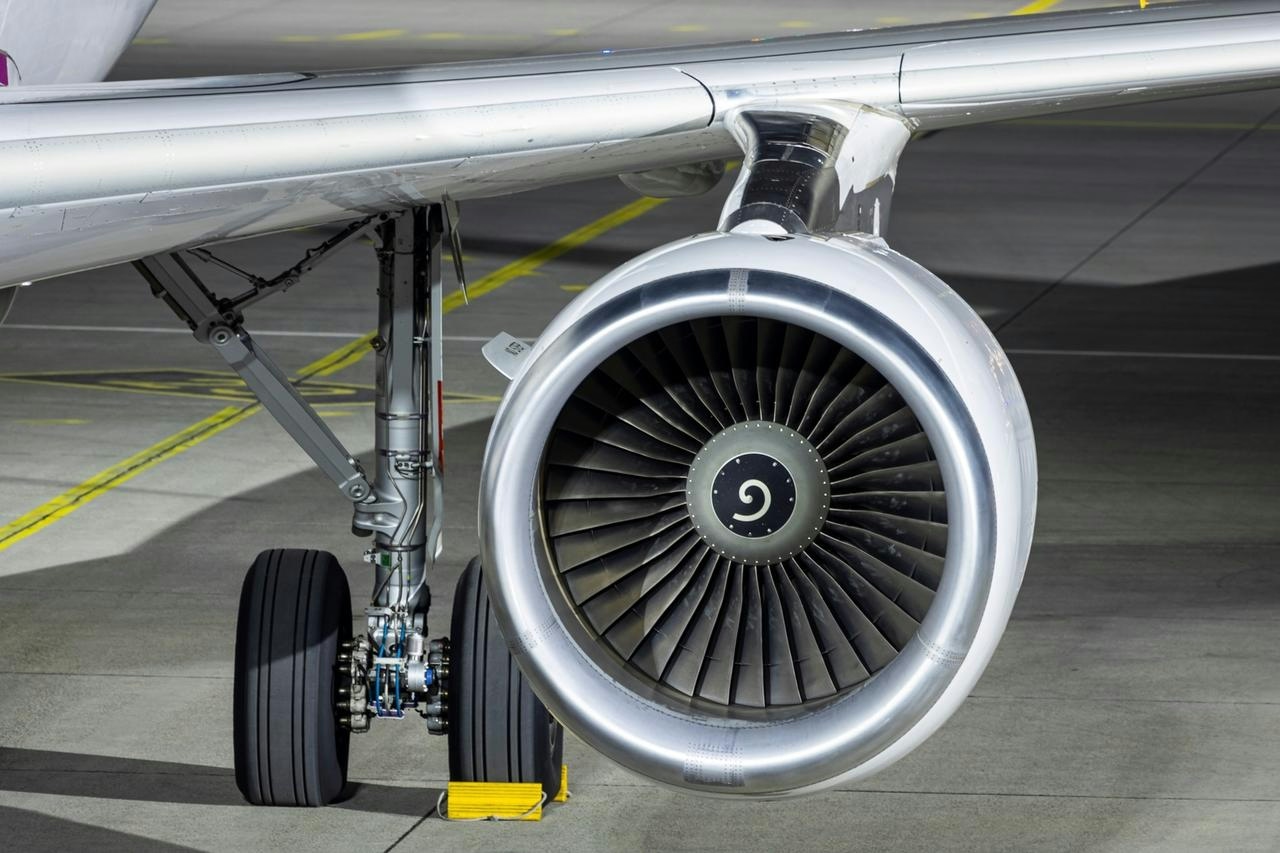
Falko Reports Strong Q3 Driven by Aircraft Sales and Lease Extensions
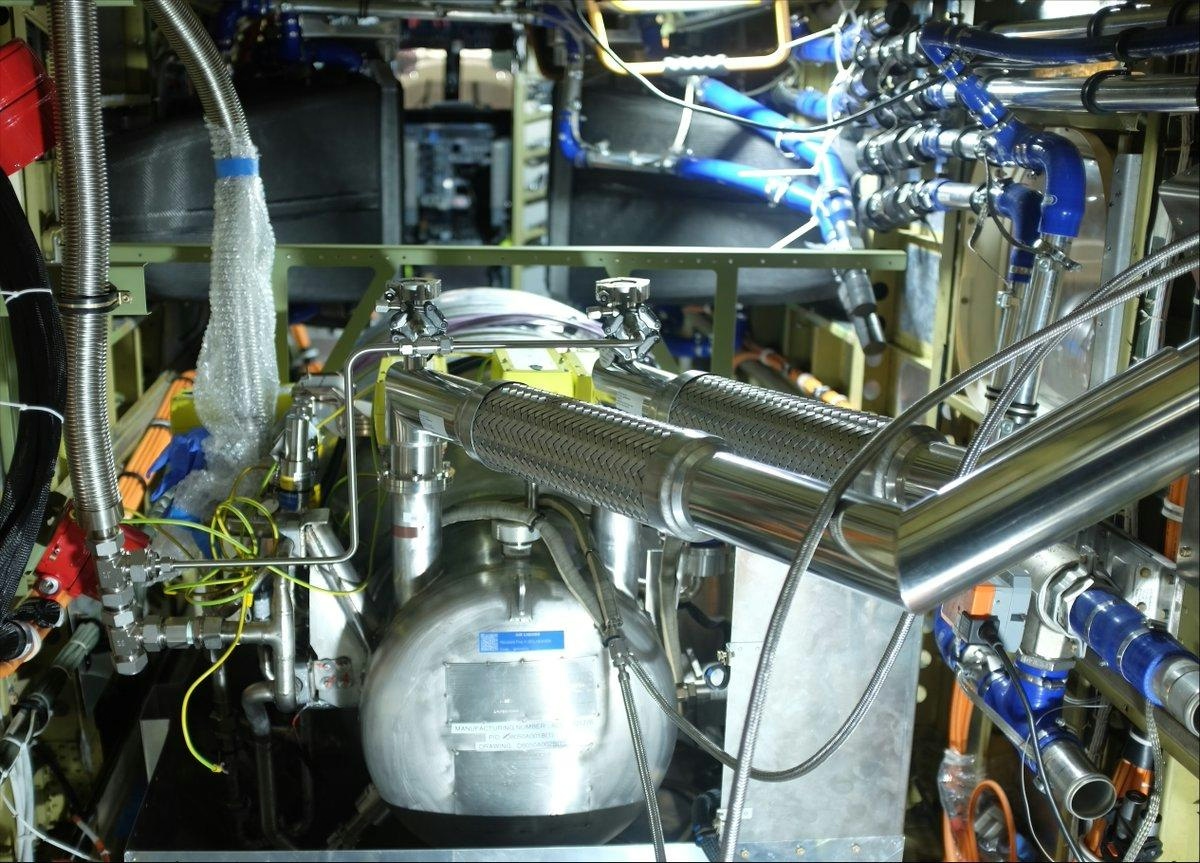
ZeroAvia Partners with HAV to Develop Hydrogen-Powered Airlander 10
